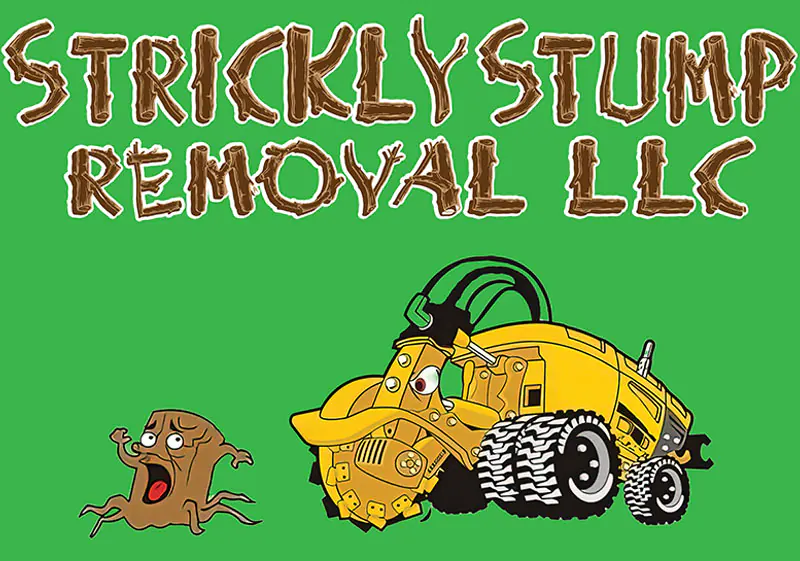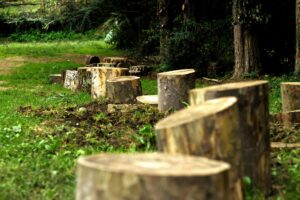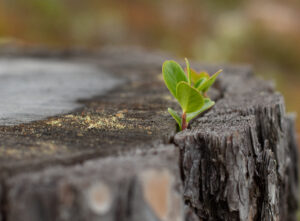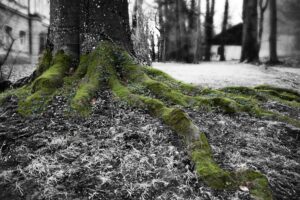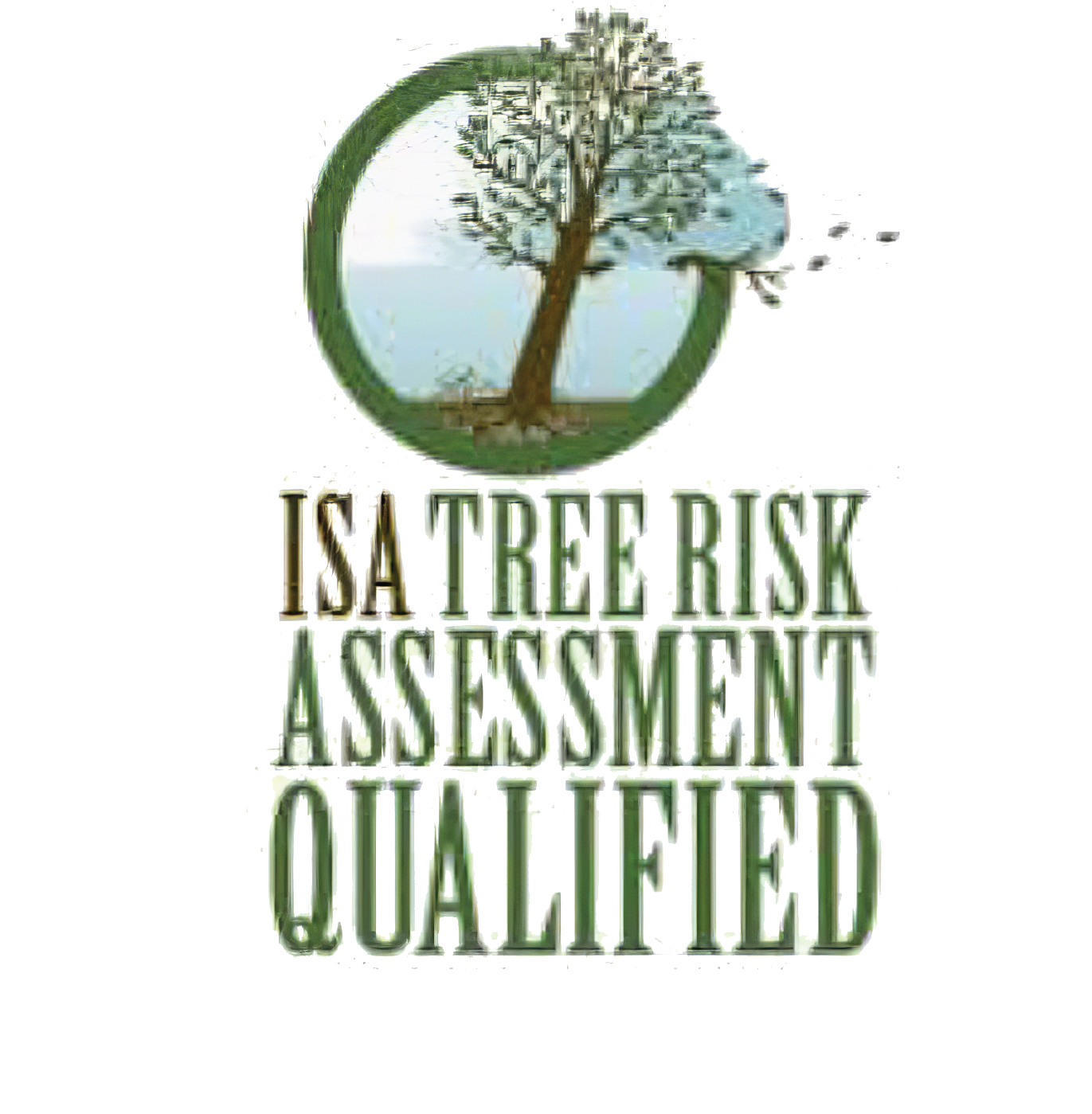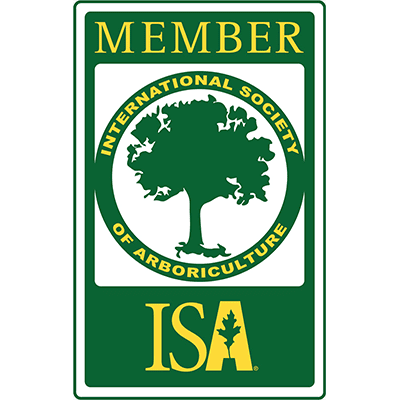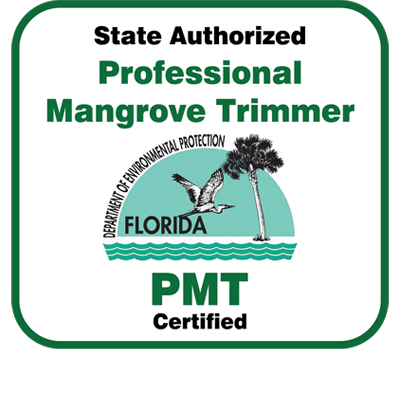We all enjoy having beautiful trees surrounding our houses, but occasionally cutting them down may be necessary to maintain a safe and secure outside area or for housing projects. After removing the tree, it leaves behind a stump that can be unsightly, occupies space, and is annoying to look at! If you want to eliminate the debris left over from the tree removal operation, stump removal is the best option. Although stump removal has both functional and aesthetic benefits, it does not get rid of the roots. What follows for roots as a result of this? You’re going to learn soon. Let’s first define stump grinding and discuss why it’s required. You can find stump removal services near you through Stumps123!
What Is Stump Removal?
When people cut down a tree, they remove the stumps through a procedure called stump removal. After the stump-grinding procedure, you will often have a bunch of wood chips that can be useful to spread around your garden as mulch. If you require stump removal, you can find our experts at Stumps123 by looking for “stump removal services near me.” this technique is great, but you are still left with a question, what about the roots?
Taking Down the Entire Stump
Worry no longer! You always have the option to cut the roots and remove the entire stump. Although a stump grinder can be used for this, hiring stump removal experts near you is the safest, best option because the work is extremely laborious and could cause injuries in the process. Through this process, they will crush down the stump and remove it from your yard.
After removing the stump, they still need to cut out the roots from underneath. Digging roots takes up a lot of time, especially if your trees are big. You might not have the tools or the time to put in the necessary effort to remove them correctly. Allow us professionals at Stump123 to remove the roots for you!
Motives for Removing Stumps And Roots
- They Can Pose Risks
Stumps should be removed if you want to make your yard family-friendly. Children playing in the yard can trip over the stumps, putting themselves at risk of getting hurt. With stumps in your yard, neighbors and guests can easily trip and hurt themselves. If you ignore little stumps when maintaining your yard, they also risk harming your lawn equipment.
- They Aren’t Aesthetic
If a tree stump has not been removed or taken care of, the likelihood of your yard looking aesthetic and up to date is low. Stumps in those conditions do not improve curb appeal. If your leftover stumps are not dealt with correctly and professionally by stump removal services near you, over time, they will decompose, creating a big mess.
- They Take Up Too Much Space
A tree stump, especially one from a larger tree, takes up too much room, or “dead space,” as landscape professionals describe it. After professionals remove the tree stump, you will have a lot more room, allowing you to utilize that space for more useful yard projects.
- They Bring In Bugs
After professionals remove your tree, the stump will naturally decompose over a few years, creating a big mess that includes bugs. Stumps lure termites, wood-boring beetles, carpenter ants, and other pests. If the stumps are not disposed of and removed properly, these pests can spread to existing plants in your yard, infect them, and possibly kill them.
- They Lower Real Estate Value
As we mentioned previously, tree stumps lack aesthetic appeal. If you don’t remove stumps, they can make your yard look untidy and lower the value of your property overall.
- They Can Cause Unpleasant Regrowths
Certain tree species can grow new trees that are much harder to remove after they are chopped down, which causes your environment to change due to the new trees absorbing nutrients from the neighboring vegetation.
Root Structure
If the tree has reached full growth, it significantly increases the likelihood of sprouts growing from the roots of your stump. This is because the tree’s roots retain the capability to support its growth. Some trees, including oaks and maples, have deep roots that can grow horizontally up to 20 feet underneath.
The Types of Trees
Most tree species have passive roots, meaning they won’t grow back. Large roots can decay and cause a little dip in the earth. Filling the spot where the stump once was with topsoil or compost can fix it! You can do this by raking the area, then spraying it with water and grass seed. Professionals will remove it before you realize it!
On the other hand, some specific tree species are more stubborn. Tree stump removal won’t stop sprouts from appearing. Some of these species include Chinese Pistache trees, maples, poplars, crepe myrtles, oaks, and elms. Due to their aggressive nature, their root systems spread out horizontally and can cause regrowth even after stump removal. These roots can potentially harm surrounding pipe networks and experts consider them invasive. If the remaining roots are still alive, it can cause a new tree to grow.
Conclusion
Removing trees and stumps from your yard can be necessary at times. People often leave the roots ignored, leading to a number of issues such as bugs, regrowth, lack of aesthetics, and unpleasant regrowth. It is important to know what tree species you will have removed to decipher if you qualify for professional root removal services near you.

